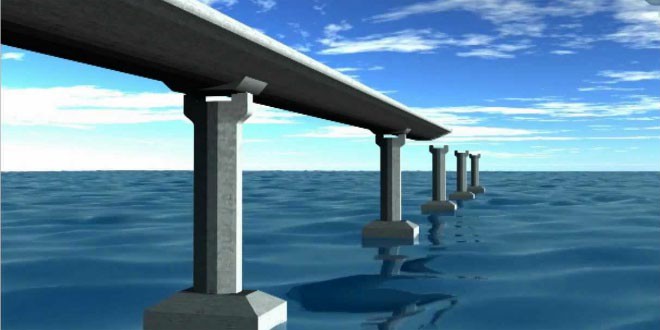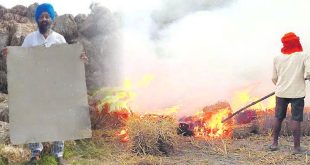Scientists, led by an Indian-origin engineer, have identified a novel way to keep a surface dry for months when submerged in water, an advance that may save billions of dollars in a variety of industries.
The research team at Northwestern University in US is the first to identify the ideal “roughness” needed in the texture of a surface to keep it dry for a long period of time when submerged in water.
The valleys in the surface roughness typically need to be less than one micron in width, the researchers found. That’s really small — less than one millionth of a meter — but these nanoscopic valleys have macroscopic impact.
Understanding how the surfaces deflect water so well means the valuable feature could be reproduced in other materials on a mass scale, potentially saving billions of dollars in a variety of industries, from antifouling surfaces for shipping to pipe coatings resulting in lower drag.
“The trick is to use rough surfaces of the right chemistry and size to promote vapour formation, which we can use to our advantage,” said Neelesh A Patankar, a theoretical mechanical engineer who led the research.
“When the valleys are less than 1 micron wide, pockets of water vapour or gas accumulate in them by underwater evaporation or effervescence, just like a drop of water evaporates without having to boil it. These gas pockets deflect water, keeping the surface dry,” he said.
In their experiments, the researchers used a variety of materials with and without the key surface roughness and submerged them in water.
Samples with the nanoscale roughness remained dry for up to four months, the duration of the experiment. Other samples were placed in harsh environments, where dissolved gas was removed from the ambient liquid, and they also remained dry.
The researchers also report that nature uses the same strategy of surface roughness in certain aquatic insects, such as water bugs and water striders.
“These gas-retaining insects have surface properties consistent with our predictions, allowing them to stay dry for a long time,” said Paul R Jones, the study’s first author and a PhD student in Patankar’s research group.
The researchers focused on the nanoscopic structure of surfaces, which, at the nanoscale, are somewhat akin to the texture of a carpet, with tiny spike-like elevations separated by valley-shaped pores in between.
When submerged, water tends to cling to the top of the spikes, while air and water vapour accrue in the pores between them.
The combination of trapped air and water vapour within these cavities forms a gaseous layer that deters moisture from seeping into the surface below.
The study was published in the journal Scientific Reports.
 Kids Portal For Parents India Kids Network
Kids Portal For Parents India Kids Network







